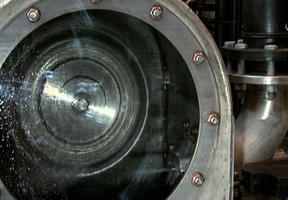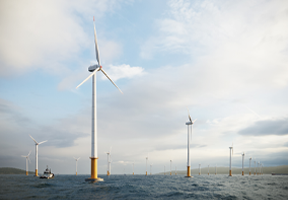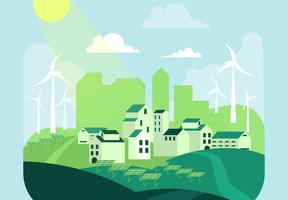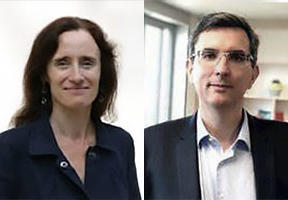The Great Diversity Behind Europe’s Electricity Generation
10 min read
can be generated from fossil fuels (mainly and gas), or renewable sources such as hydro, wind, solar, , and waste. The combination of these resources makes up the , also known as the generation mix. Here are two tables to illustrate the choices made in Europe.

© Shutterstock - Nuclear, hydro, wind, solar: electricity production methods are very different from one European country to another. But the networks are increasingly interconnected.
Stable Electricity Generation in Europe
Electricity generation in Europe has been relatively stable for 15 years or so, and even decreased over certain periods.
In 2014, Europe generated the same amount of electricity as it did in 2000, and has only moderately increased its output since then. The reasons behind this are efforts to improve , but also the financial crisis in the late 2000s, offshoring, and milder weather conditions, which have reduced heating needs.
Below is the European Union’s gross electricity generation since 19951:

The last few years, since 2015, have shown a slow but steady resumption of the increase.
The Variety of Electricity Mixes in Europe
Nearly half of the electricity in the European Union is generated from fossil fuels (mainly coal and gas). The rest is produced, in more or less equal proportions currently, by nuclear – although this is being used less and less – and renewable sources, such as hydropower, which are on the rise. The table below shows the electricity mixes of six countries2:

The table shows that nuclear accounts for a significant proportion of the electricity mix in France and Sweden, as do fossil fuels in Germany (coal and gas) and Poland (chiefly coal). Italy has considerably increased its use of solar power.
- Source: E.U.
- Eurostat



















